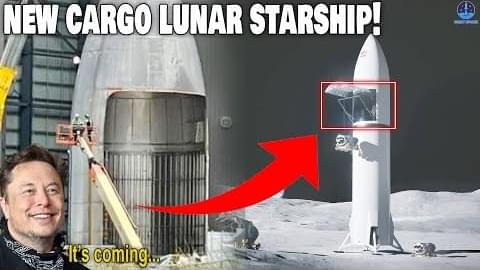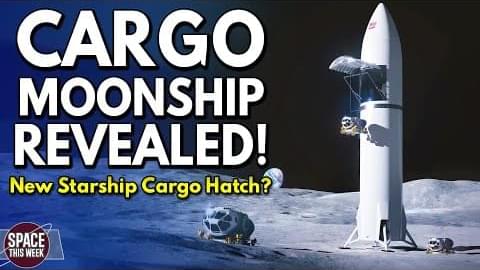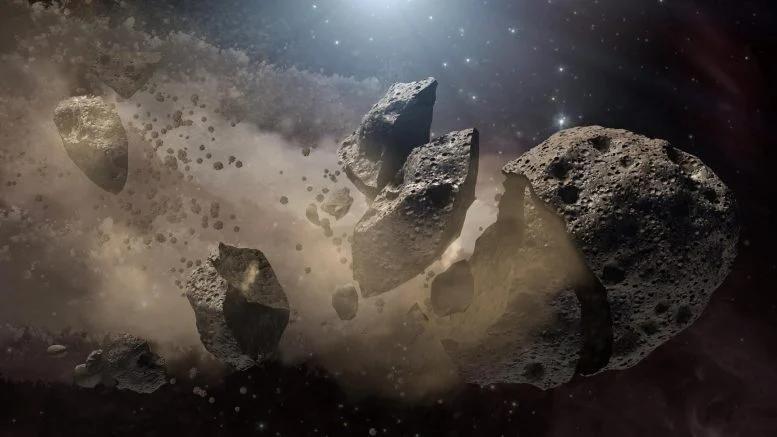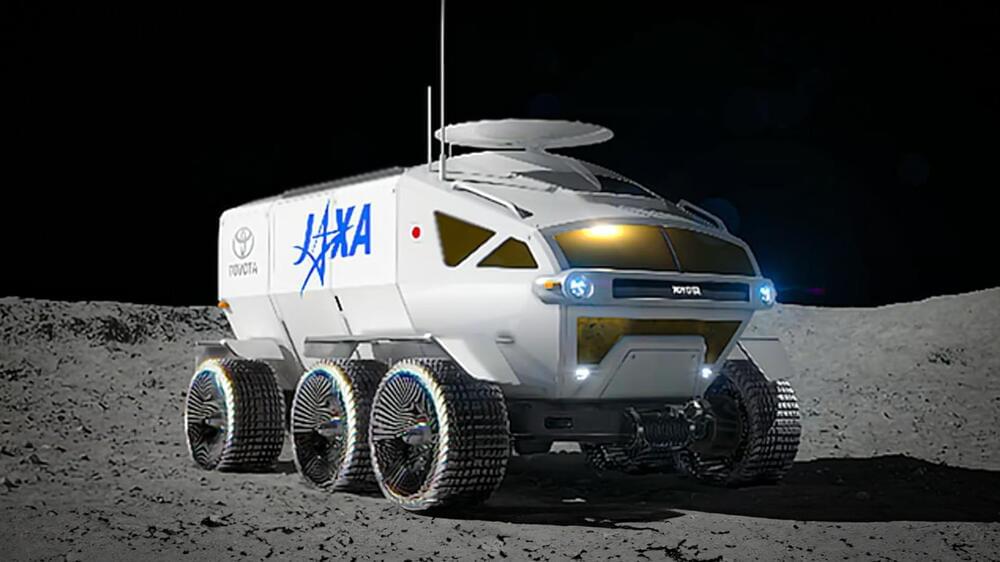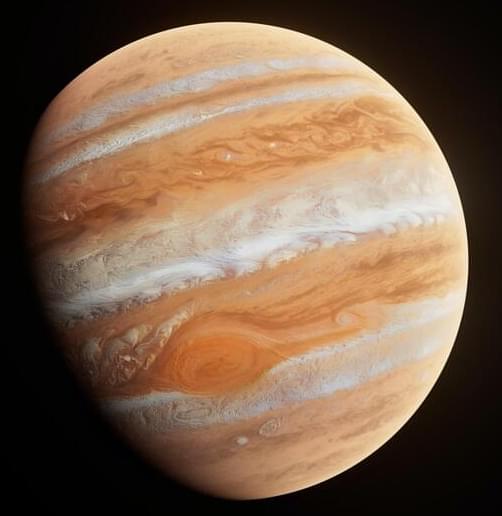
Researchers at the University of Colorado Boulder have developed experiments to replicate the chemical reactions of the Interstellar Medium, using techniques like laser cooling and mass spectrometry to observe interactions between ions and molecules.
While it may not look like it, the interstellar space between stars is far from empty. Atoms, ions, molecules, and more reside in this ethereal environment known as the Interstellar Medium (ISM). The ISM has fascinated scientists for decades, as at least 200 unique molecules form in its cold, low-pressure environment. It’s a subject that ties together the fields of chemistry, physics, and astronomy, as scientists from each field work to determine what types of chemical reactions happen there.
Now, in the recently published cover article of the Journal of Physical Chemistry A, JILA Fellow and University of Colorado Boulder Physics Professor Heather Lewandowski and former JILA graduate student Olivia Krohn highlight their work to mimic ISM conditions by using Coulomb crystals, a cold pseudo-crystalline structure, to watch ions and neutral molecules interact with each other.
